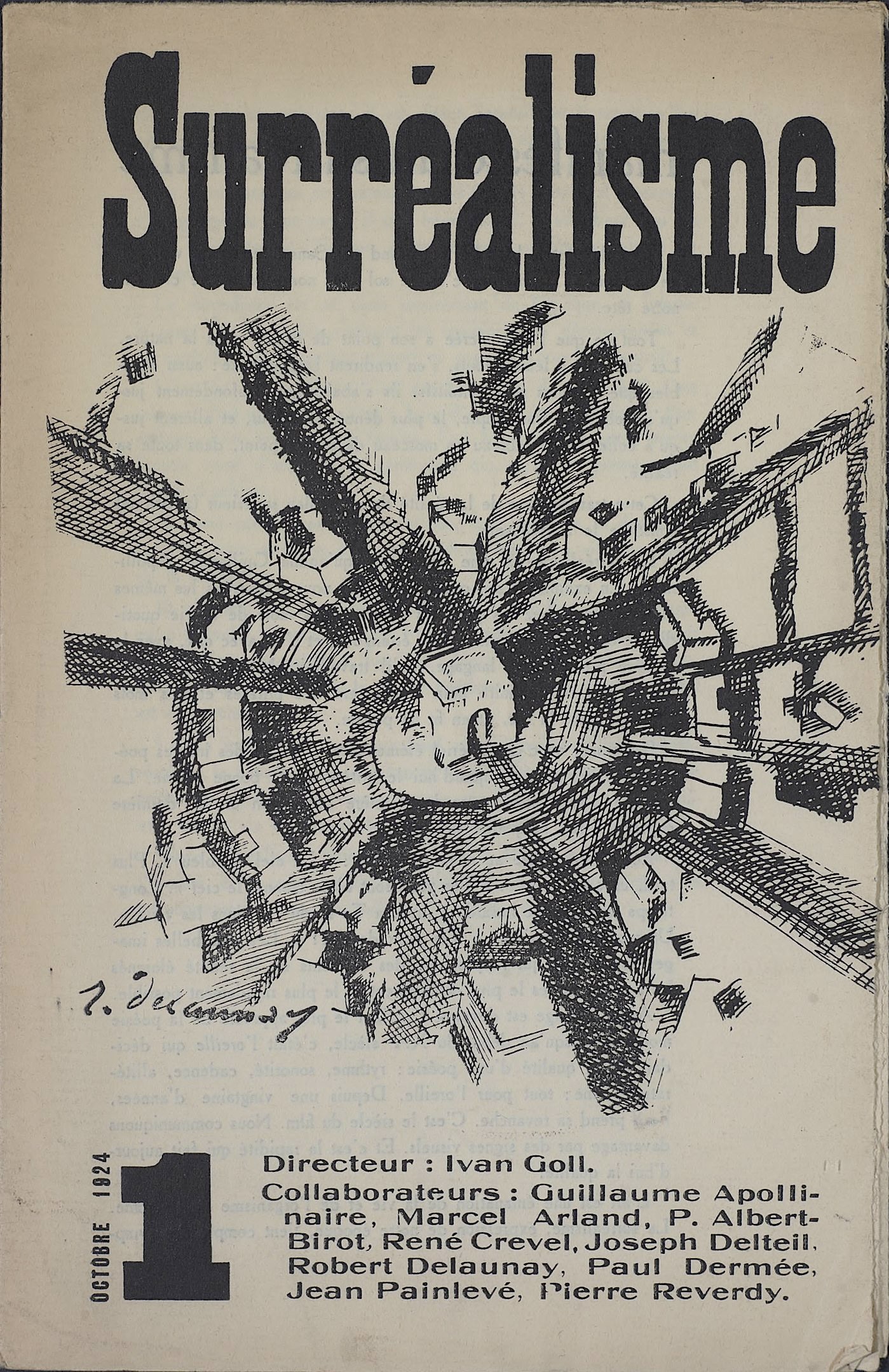On August 16, 1943, Swiss chemist Albert Hofmann was synthesizing a new compound called lysergic acid diethylamide-25 when he got a couple of drops on his finger. The chemical, later known worldwide as LSD, absorbed into his system, and, soon after, he experienced an intense state of altered consciousness. In other words, he tripped.
Intrigued by the experience, Hofmann dosed himself with 250 micrograms of LSD and then biked his way home through the streets of Basel, making him the first person ever to intentionally drop acid. The event was later commemorated by psychonauts and LSD enthusiasts as “Bicycle Day.”
Italian animators Lorenzo Veracini, Nandini Nambiar and Marco Avoletta imagine what Hofmann might have seen during his historic journey in their 2008 short A Bicycle Trip.
The film shows Hofmann riding through the Swiss medieval town as he sees visions like a trail of flowers coming off a woman in red, cobblestones coming alive and scurrying away, and a whole forest becoming transparent before the marveling scientist’s eyes. The film also shows Hofmann slamming into a fence, illustrating why it’s never a good idea to drive under the influence of hallucinogens.
After his early experiments, Albert Hofmann became convinced that LSD is not only a powerful potential treatment for the mentally ill but also a valuable bridge between the spiritual and the scientific. He called the substance “medicine for the soul.”
If you’re interested in learning more about the turbulent history of the drug, check out below the 2002 documentary Hofmann’s Potion, by Canadian filmmaker Connie Littlefield, which traces Hofmann’s invention from being a promising psychological treatment, to counterculture symbol, to banned substance. The 56-minute doc features footage and interviews with such psychedelic luminaries as Aldous Huxley, Stanislav Grof, Richard Alpert (AKA Ram Dass) along with Hofmann himself.
Hofmann was always uncomfortable with the casual way the ‘60s counterculture used his invention. “[LSD] is not just fun,” he says in Littlefield’s movie. “It is a very serious experiment.”
Jonathan Crow is a Los Angeles-based writer whose work has appeared in Yahoo!, The Hollywood Reporter, and other publications. You can follow her at @jonccrow.
Related Content:
Ken Kesey’s First LSD Trip Animated
Artist Draws Nine Portraits on LSD During 1950s Research Experiment
Aldous Huxley’s LSD Death Trip
Take a Trip to the LSD Museum, the Largest Collection of “Blotter Art” in the World







